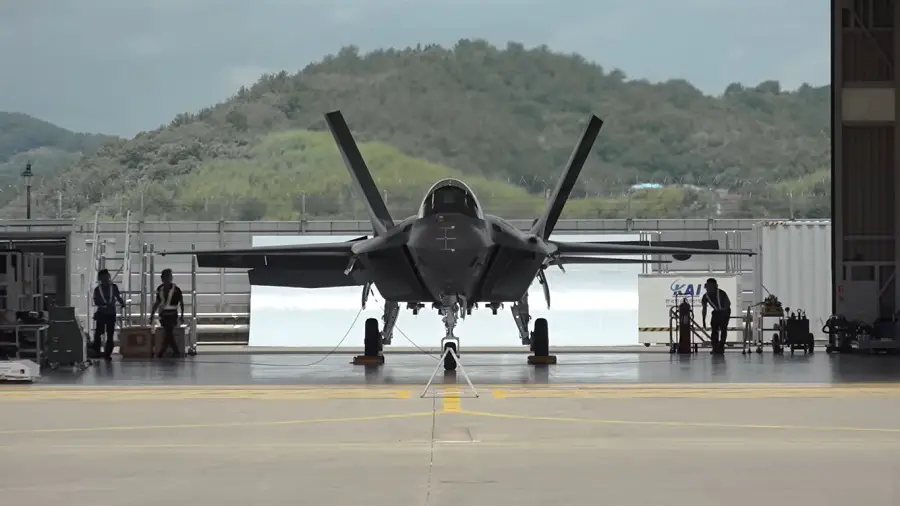The South Korea’s indigenously made KF-21 fighter jet has been undergoing taxi tests from June 25, with the tests scheduled to be concluded by July 13. A taxi test examines the operability and structural soundness of 4.5-generation indigenous fighter. This is the last step before a first flight test. Completing high-speed taxi testing means a KF-21 prototype is all set for its first flight. The taxing test of the KF-21 prototype No.1 was publicly conducted for the first time at the taxiways located inside the Korea Aerospace Industries Ltd. (KAI) headquarters in the city of Sacheon, 437 kilometers south of Seoul.

Co-organized by the South Korean Defense Acquisition Program Administration (DAPA), the demonstration represented steady progress in South Korea’s 8.8 trillion-won (US$7.9 billion) program launched in 2015 to replace The Republic of Korea Air Force’s aging fleet of F-4 and F-5 jets with the new warplane. The fighter’s first flight test is expected to come late this month, though DAPA has yet to divulge a specific date given that any flight plan is subject to change due to weather conditions. The on-ground taxiing is aimed at checking the aircraft’s integrity and operability.

The KAI KF-21 Boramae (formerly known as KF-X) is a South Korean 4.5 generation fighter aircraft development program, with Indonesian involvement, with the goal of producing an advanced multirole fighter for the South Korean and Indonesian air forces. The airframe is stealthier than any fourth-generation fighters. The program is led by the South Korean government, which holds 60% of the program’s shares. Indonesia took a 20% stake in the program in 2010, and the remaining 20% are held by private partners including the manufacturer KAI. The KAI KF-X is South Korea’s second domestic fighter jet development program, following the KAI FA-50.

If fully developed, South Korea will enter an elite club of currently seven countries with locally developed supersonic fighter jets. The KF-21 employs various high-end technologies, including the active electronically scanned array (AESA) radar that tracks multiple targets with more advanced and efficient components. It also has an infrared search and track (IRST) system that detects low-flying targets that emit infrared radiation, including anti-ship missiles. The 4.5-generation fighter will be equipped with air-to-air missiles such as the AIM-2000 by Germany-based Diehl and the Meteor by Britain’s MBDA.
















